- Types of Lice
- Lice
- Dog Lice
- Things and care products
Pediculosis - a parasitic disease caused by small insects - lice. At risk are disadvantaged families, people with no fixed abode, children under 14 years of age. There are several types of human lice - head, clothes, pubic. Parasites live about 40 days, multiply rapidly, feed on blood. Knowing how lice are transmitted, the possibility of infection can be minimized.
Features of different types of lice
To determine how you can become infected with lice, how quickly lice spread, you need to have an idea about the life cycle of parasites.
- Head louse. The most common type. The body of an adult reaches 4 mm. Lives on the head of a person under the hair, feeds on blood. Nits lay 4 eggs a day closer to the roots of the hair. The sticky substance securely fixes the eggs to the hair. Nits cannot be washed off with water and detergents, combed out with a regular comb. Incubation period is 14 days, after which nymphs appear. After a week, the larvae turn into adults, begin reproduction. Main pediculosis symptom a person has an unpleasant itch.
- Cootie. Outwardly, the parasite is similar to head lice, but it is somewhat different in lifestyle. Lays eggs, does not live on the human body, in folds, seams of bedding, things. Prefer to eat in the dark. Lice Bites on the body, severe itching becomes noticeable in the morning. Life cycle similar to head lice.
- Pubic Louse. It differs in appearance. The insect looks more like a small crab. Body length about 2 mm. The parasite lives on the pubic hair of a person. With severe infection, it lives on the hips, abdomen, in the armpit, on the eyelasheseyebrows. On the head, the pubic louse does not settle for several reasons - the hair does not fit in the structure, it is difficult to get to the blood of such a small creature. The disease develops for the first time asymptomatically - about 2 weeks. With the advent of the first offspring, a person feels severe itching on the pubis.
Immediately after turning into adults, mature individuals begin to breed fast. The male fertilizes the female, and soon dies. The supply of seminal fluid is sufficient for insemination of all eggs. The female lays 4 to 10 eggs daily. For infection to occur, it is enough to appear on the head of a person of one female individual. Within a month, a whole population will live there.
Myths About Pediculosis Transmission
Lice have been familiar to humans since ancient times. Herodotus, Aristotle wrote about these parasites in his treatises. Mummified insects were found in Egyptian tombs. Pediculosis was compared with a curse, they tried to explain such a quick reproduction. The prevalence of the disease in the modern world is much lower, but continues to torment the person, torment himself with speculations about the possibilities of infection.
- The question of whether lice jump from head to head worries many. There is a version that an insect is able to jump a distance of 1 m. What do scientists say? Are head lice jumping or crawling?
Parasites are not capable of jumping from a physiological point of view. The hind limbs are no different from the front, designed to crawl. A distance of about 50 cm from the patient is safe. You can not get infected by shaking hands.For the insect to crawl onto the other head, close contact is required for at least 5 minutes. Lice do not fly. They have no wings. - Parasites love dirt, live on the untidy, unwashed head of a person. This fact is also refuted. This opinion was formed in ancient times, when poor families reigned unsanitary conditions. The fact of the spread of the disease among unwashed people is associated with an attitude to personal hygiene. In dysfunctional families, little attention is paid to this issue, lice is developing rapidly.
Interesting!
Scientists have proven that lice take root faster on a clean, well-groomed human head. There is no layer of dirt, so it’s easier to get to the power source - to the vessels. Old people warned the young ones: “Do not wash your hair often, lice will start!”
- Lice develops on a nervous basis. According to one theory, lice larvae are found under the skin of every person. With an unstable nervous state - under the influence of severe stress, prolonged depression, the development of parasites is activated. At a certain time, they go outside, begin to fully parasitize a person. Ancient experts came to this opinion after studying the vital activity of the scabies mite. Lice are not able to live under the skin, because there is no access to oxygen.
Interesting!
People bind the appearance of lice on nerve soil after experienced strong negative emotions - the funeral of loved ones, loss of property. Scientists have found that in such a situation, the vibration of nerve impulses changes, a person attracts parasites.
- Lice can be infected by pets. Human parasites do not live on animals, because their blood does not allow insects to produce offspring. Cats, dogs, and other pets do not attract lice that parasitize humans and are unable to transmit them. Animals have their own lice - beetle eatersthat fall on the human body by mistake do not stay there for a long time.
All the myths about pediculosis have long been debunked. It is known exactly how lice are transmitted to humans, how much the disease develops, how to fight. Below is a photo of the lice in the hair.
Lice Transmission Routes
No less exciting question is how pediculosis is transmitted. The source of infection is a sick person, his personal belongings. Some circumstances contribute to the development of the disease.
- Touching the patient’s hair with his head is the most common way lice are transmitted from person to person. This transmission path is characteristic of loved ones, young children, lovers. Lice move to another head during hugs, kisses, and childish mischief. This method of pediculosis transmission is not typical for dress lice, pubic. The latter are transmitted through sexual contact. Durable lice do not live on the body, but on things.
- Different types of lice are transmitted through the patient’s personal belongings. Head - hats, scarves, caps, panamas, elastic bands, hair clips, combs. Wardrobe - any thing, even outerwear. It is enough to put your coat near infected clothes for a while. Pubic - underwear, towels. For about 5 days, parasites are able to live outside the victim’s body without food. You can get lice by spending the night in a sick person’s bed.
- The spread of the disease is possible through water. Caught randomly in the water of a pool, a closed reservoir, a louse swims for about 5 days in the hope of finding a new victim. If a person without a swimming cap is in such water, he runs the risk of contracting pediculosis.
Interesting!
In Soviet times, girls were not allowed to walk with their hair loose in public. The risk of transmission of lice increases. Less often, girls who go with pigtails become infected.
Often disputes arise about how nits are transmitted to humans. No way! Their appearance is possible only in the presence of an adult. The sticky substance does not allow the eggs to break away from the hairs. Even after the nymph is born, the shell continues to stay on her hair.
Preventive measures
In educational institutions for lice prevention periodically examine children special magazine. At home, the baby's head should be checked every week. The place should be with good lighting, use a comb with small cloves, a magnifying glass. Children need to talk about danger of lice, transmission routes, symptoms.
It is impossible:
- put on another person’s things
- use someone else's hairbrushes;
- cuddle with unfamiliar people;
- swim in the pool without a rubber cap;
- use other people's towels;
- sleep in bed without changing bedding.
Symptoms of pediculosis do not appear immediately. Itching causes the saliva of parasites, which they let into the blood to thin. Over time, the substance accumulates. An allergic reaction occurs, an intolerable itching appears. With constant scratching on the body, head, scratches, abrasions, scratches are formed. With a strong infection, the infection gets into the wounds, complications develop.
Despite the large number remedies for pediculosis, the disease continues to torment people. To avoid troubles, it is necessary to adhere to the rules of prevention, check the heads of children, timely respond to itching, exercise effective treatment. To get rid of lice, you need to put in order not only yourself, but also things, bedding.
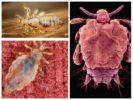

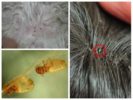


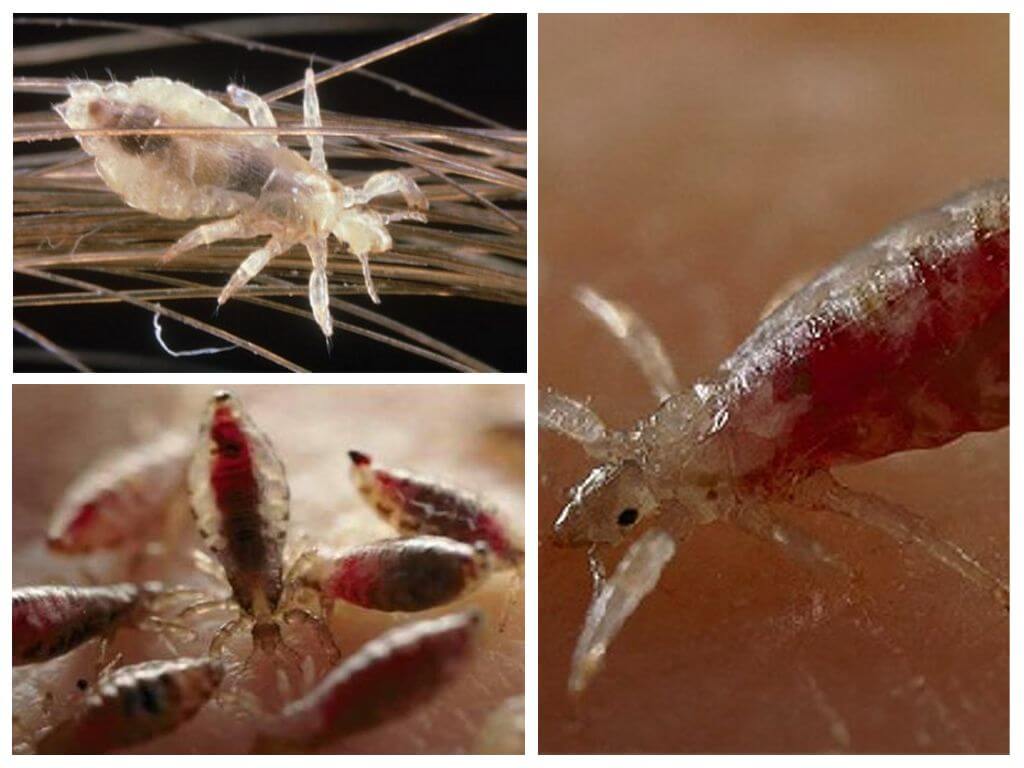


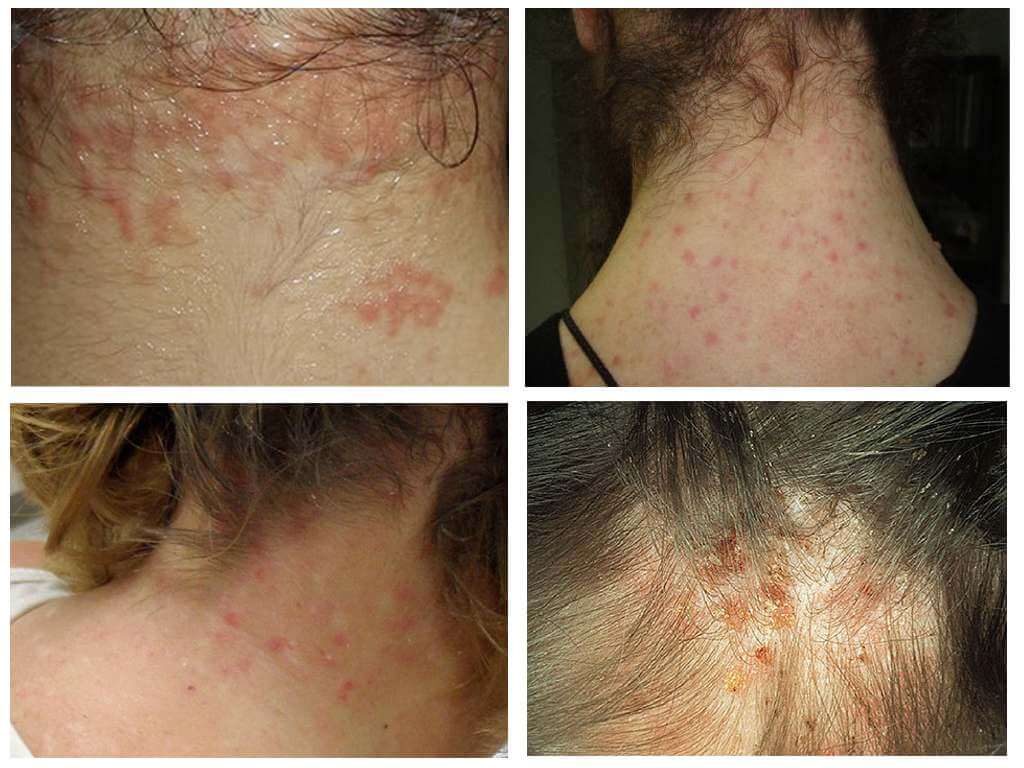
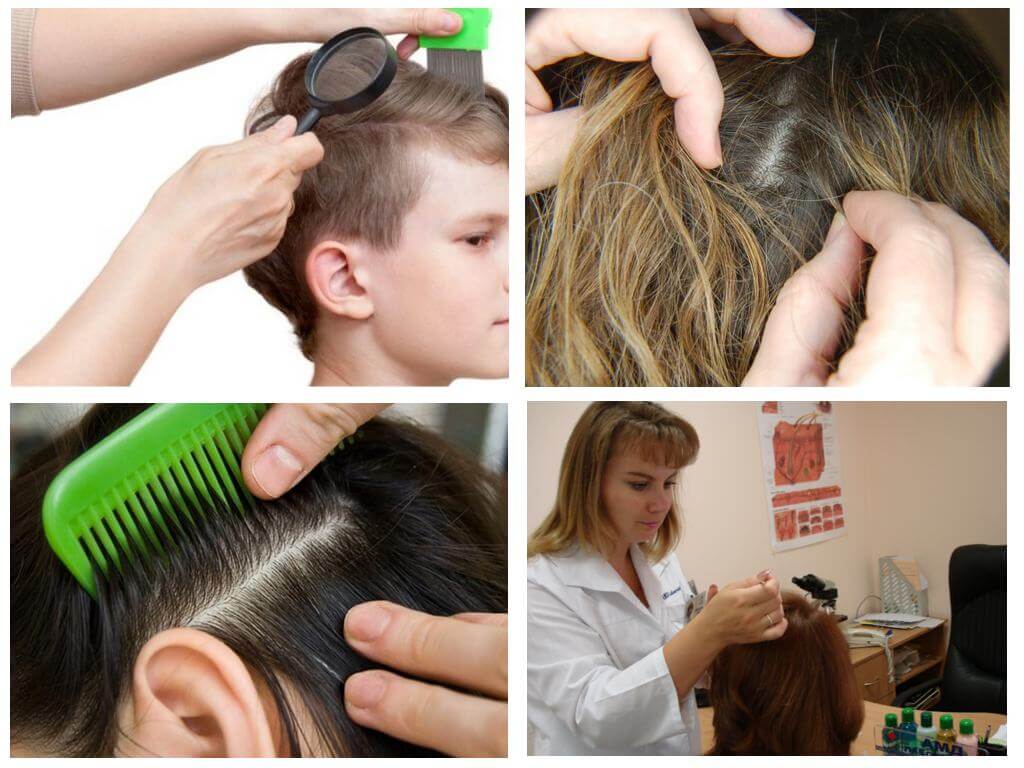
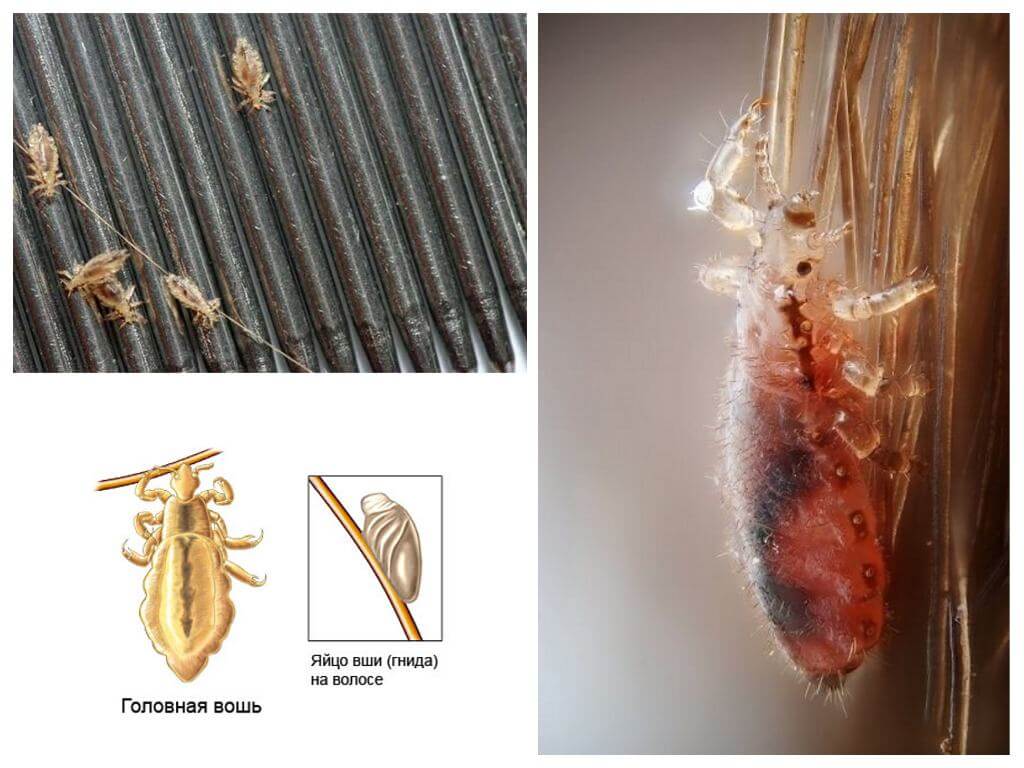

My grandmother told me that I often did not wash my hair. She was constantly angry with her, did not understand where she got this from. And why lice should appear on a clean head. It turns out that there is reason to think so. Of course, I won’t stop washing my hair often, but I understood the grandmother’s ban.
I am ashamed to admit, but before reading the article, I also thought that lice were jumping. It turns out that not everything is so deplorable. But I would not want to be even at a distance of 50 cm with a lousy person.
I agree with you. Very afraid of these reptiles. While reading the article, my head itched. By the way, the theory of nervous lice came from here. Itching, moving, hair, feeling as if something was creeping. A thorough examination reveals no parasites.
By youth - at the age of 17, my boyfriend awarded me pubic lice. I'm from a decent family, I never heard of such dirty tricks. He, too, seemed to be normal. He dressed well, took care of himself. And then it turned out. A severe itching was present on the pubis, but did not pay much attention. Until once I noticed a dark spot on my skin. She began to clean, it does not work. I tore it off with a force, looked, and this is a small bug with paws. I understood what was happening, shaved off all the hairs. On this the struggle with pubic lice ended.
If there are no hairs on the pubis, infection will not occur. Due to the fact that the current intimate fashion provides for a minimum of hair, pubic lice are not so common. But, hangers can be picked up everywhere.
Mom got lice after the pope’s funeral. Interestingly, there were no strangers, only close ones. All families are decent. Have not been anywhere. Where do they come from. A friend said - on a nervous basis, why be surprised. That live parasites under the skin, delirium. But there is some truth in impulses. Stress greatly undermines the immune system, in lice the cockroach on a weak organism.
I was surprised that lice can live in water for 5 days. And then look for the guilty. You’ll never guess where the lice came from.
In the first grade, I remember, there were lice. My mother brought me dust soap for a week and scratched her comb with pain. A girl from a dysfunctional family infected me. She sat at her desk behind me. Her head didn’t touch her, she didn’t hug, she didn’t take anything from her. The beds in the bedroom were at opposite ends of the room. And besides me, no one else got infected from her. How this happened is still a mystery to me.And why only did I fall out of favor?
She brought lice from a business trip. I suspect the bedding was poorly processed on the train. Nowhere else to get infected. I was shocked, I did not immediately understand that lice. I thought the head itches on the nerves. But then I caught a louse under the nail. Horror. Brought out a week.
I always braid my daughter’s hair in kindergarten. I remembered the warnings from the distant Soviet Union. It's okay for now. For 4 years no lice.